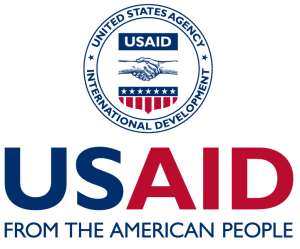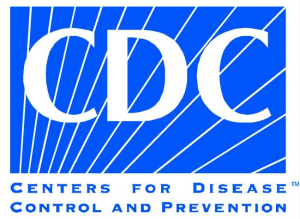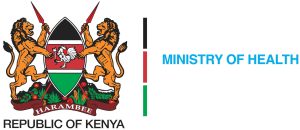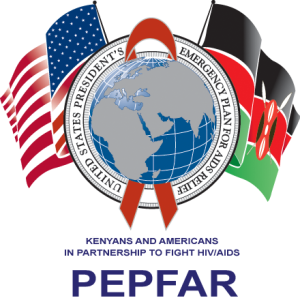The National Tuberculosis, Leprosy and Lung Disease Program (NTLD-P) is a Division under the Department of National Strategic Public Health Programs, Directorate of Preventive and Promotive Health in the Ministry of Health. The National TB, Leprosy and Lung Disease program, has well trained and equipped technical staff distributed across eight sections namely, the Prevention Health Promotion, and Community Engagement, Communication, Laboratory Care and treatment, Policy and Planning, Monitoring, Evaluation and Research, Supply chain and pharmacovigilance, and Administration and Finance.
About Us
Our Vision
Vision: A Kenya free of TB and leprosy, and reduced burden of lung disease
Mission Statement: To ensure provision of quality care and prevention services for all people in Kenya with TB, leprosy and lung diseases.
Goal: To accelerate the reduction of TB, Leprosy and lung disease burden through provision of people-centered, universally accessible, acceptable and affordable quality services in Kenya
Core Mandate: To formulate policies, set standards, develop capacity, identify and mobilize resources, ensure uninterrupted supply of commodities, supervise, coordinate, monitor and evaluate implementation of TB, Leprosy and Lung disease control activities.
DNTLD-P History
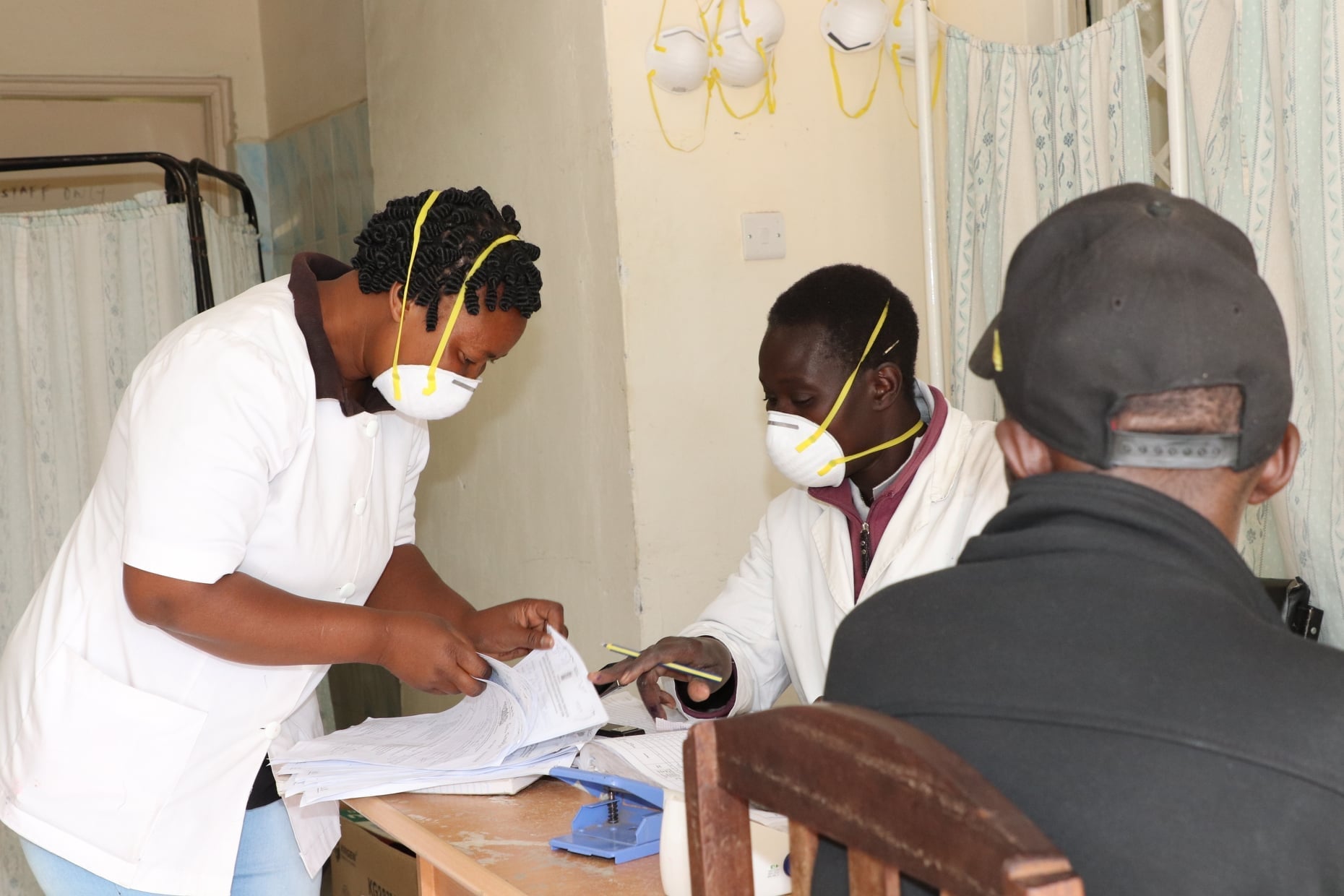
1980-1998
The TB Program was established in 1980, with specialized staff at national, provincial and district level. The role of these staff was to provide technical guidance and supervision of TB and leprosy control activities. TB diagnostic and treatment services were delivered within the primary health-care system, at hospital, health centre and dispensary level; services were available free-of-charge in all government facilities. The main health sector reform that affected TB control during this period was decentralization of responsibility for providing health services to the district level in 1983, through a strategy called ‘District Focus for Rural Development (DFRD)’. Decentralization was accompanied by intensive training and orientation of district-level personnel.



